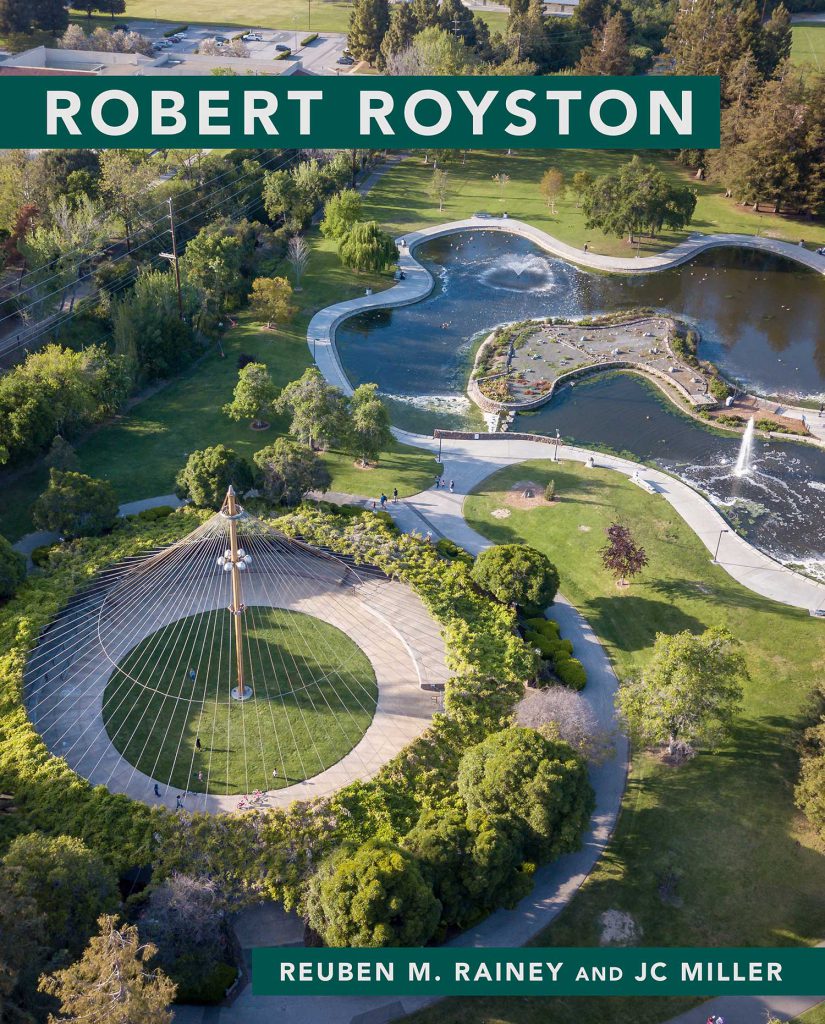Robert Royston
Reuben M. Rainey and JC Miller
University of Georgia Press in association with LALH
| ISBN: 9-780-8203-5731-7 | 288 pages | 7.25 x 9 inches |
| $26.95 | Paper | Published: 03/01/2020 |
| 166 color and b&w photos and drawings | |
A volume in the series Masters of Modern Landscape Design
The first biography of the landscape architect Robert Royston (1918-2008) documents the life and work of a designer and teacher who shaped the postwar Bay Area landscape with visionary designs for public spaces. Early in his career, Royston conceived of the “landscape matrix,” a system of interconnected parks, plazas, and parkways that he hoped could bring order and amenity to the rapidly developing suburbs. The ideals represented by the landscape matrix would inform his work on more than two thousand projects—landscapes as diverse as school grounds, new towns, transit corridors, and housing tracts.
As an apprentice of Thomas Church, Royston learned from a master in residential garden design, but he soon moved on to establish a partnership with Garrett Eckbo and Edward Williams and to launch an academic career at Berkeley. His experience with private gardens influenced his early public park designs, which he considered spaces for the American family—a novel concept at a time when such neighborhood parks were typically limited to playing fields and stock playground equipment. This new type of park not only offered distinct areas and activities for all ages, but also easy access to the community centers, libraries, and other facilities within the landscape matrix.
Royston, Hanamoto & Mayes, the firm Royston founded in 1958, grew to become one of the nation’s most influential corporate firms. Over nearly six decades of practice, Royston helped to make the Bay Area a cohesive, desirable location to live and work. He designed landscapes to benefit community members of all ages, setting a high standard of inclusivity and environmental awareness. In addition to the many beloved places Royston created, his perceptive humanism, passed down to his students and colleagues, is his enduring legacy.
About the Authors
Reuben M. Rainey
Reuben M. Rainey, FASLA, a professor emeritus at the University of Virginia, taught landscape architecture history and theory for over thirty years. A former professor of religious studies, Rainey has written on a wide variety of topics—from Italian Renaissance landscapes to modern “healing gardens.”
JC Miller
JC Miller is a partner at Vallier Design Associates in Point Richmond, California, and the director of the Landscape Architecture Certificate Program at UC Berkeley Extension. He worked for over a decade in the Royston office, and as a principal, assisted Royston in the design and execution of his final projects.
